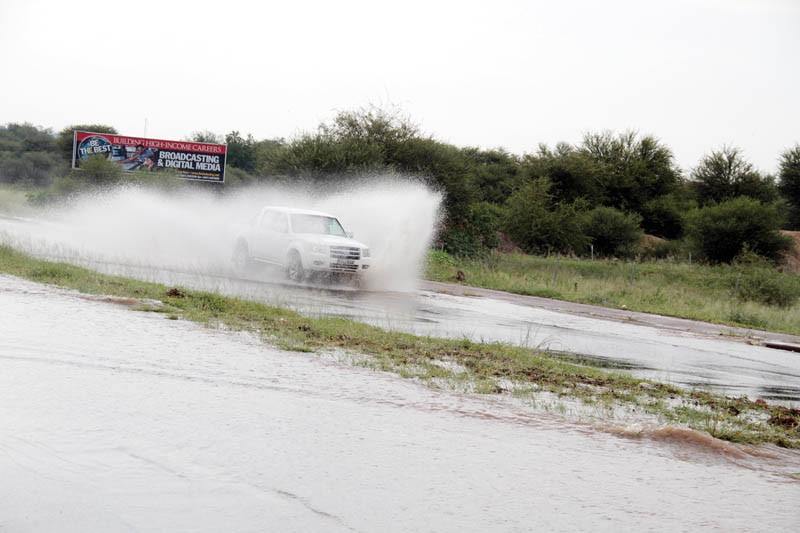More rains forecast, record flooding possible
Baboki Kayawe | Thursday December 15, 2016 16:30


The floods of 1999/2000 covered vast areas of the country and are still regarded as the worst in Botswana’s history. However, the bittersweet forecast follows the record dry spell suffered in the 2015/2016 season, which left nearly one million Batswana in need of assistance, according to SADC figures. Presenting the rainfall prospects for the January to March 2017 period, Met Services director, Thabang Botshoma said the season would feature above normal rainfall.
“The eastern parts of the country, which are Southern-Central and North East districts are expected to receive above normal rainfall into the extremely wet range,” he said. Gantsi, Ngamiland, Chobe, Kgalagadi, Southern, South East, Kgatleng, Kweneng and the Northern parts of the Central District are expected to be normal to above normal or very wet.
Botshoma explained that normal rainfall for the said period ranges from 100 millimetres over the southwestern tip of the Kgalagadi to 320 mm over the Chobe region.
“Overall, an increase in rainfall is expected over the country compared to the 2015/16 rainfall season, mainly due to the present La Nina (wetter) conditions,” he said.
Botshoma said the department had noted that although it gives timely forecasts, there were still doubts as the public only took forecasts seriously after the weather events.
“The public should start taking note and heed of what we tell them. Our forecasts are not any worse than those issued in the region,” said Botshoma.
“People tend to believe what the South African Broadcasting Corporation forecasts over us, but I want to plead with the nation to trust us because what we say is accurate most of the times.”
He further explained that though the South African Weather Service has been in the business for longer than the local Met Services, what is reported locally is however a product of regional efforts and consensus.
Before and during each rainy season, regional scientists meet and produce the broader regional weather outlook, which is then broken down into country and district outlooks.
